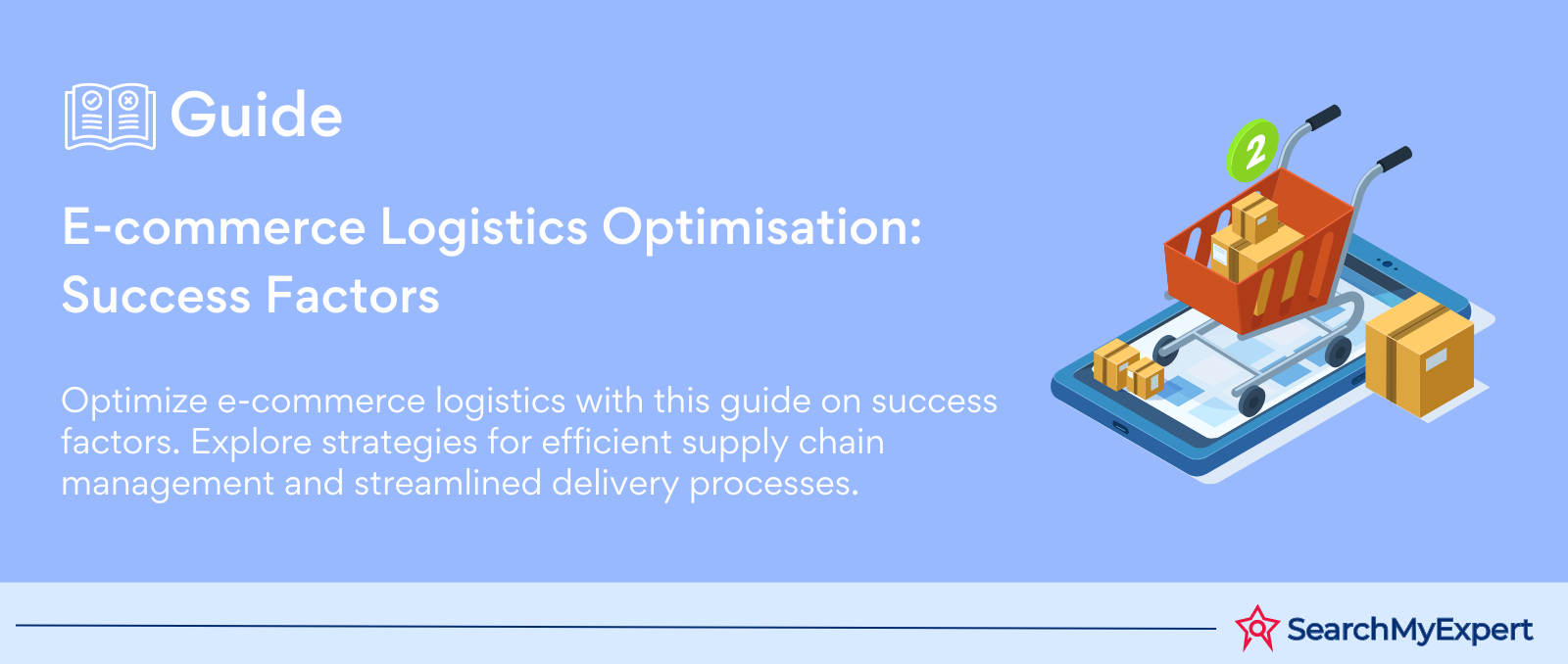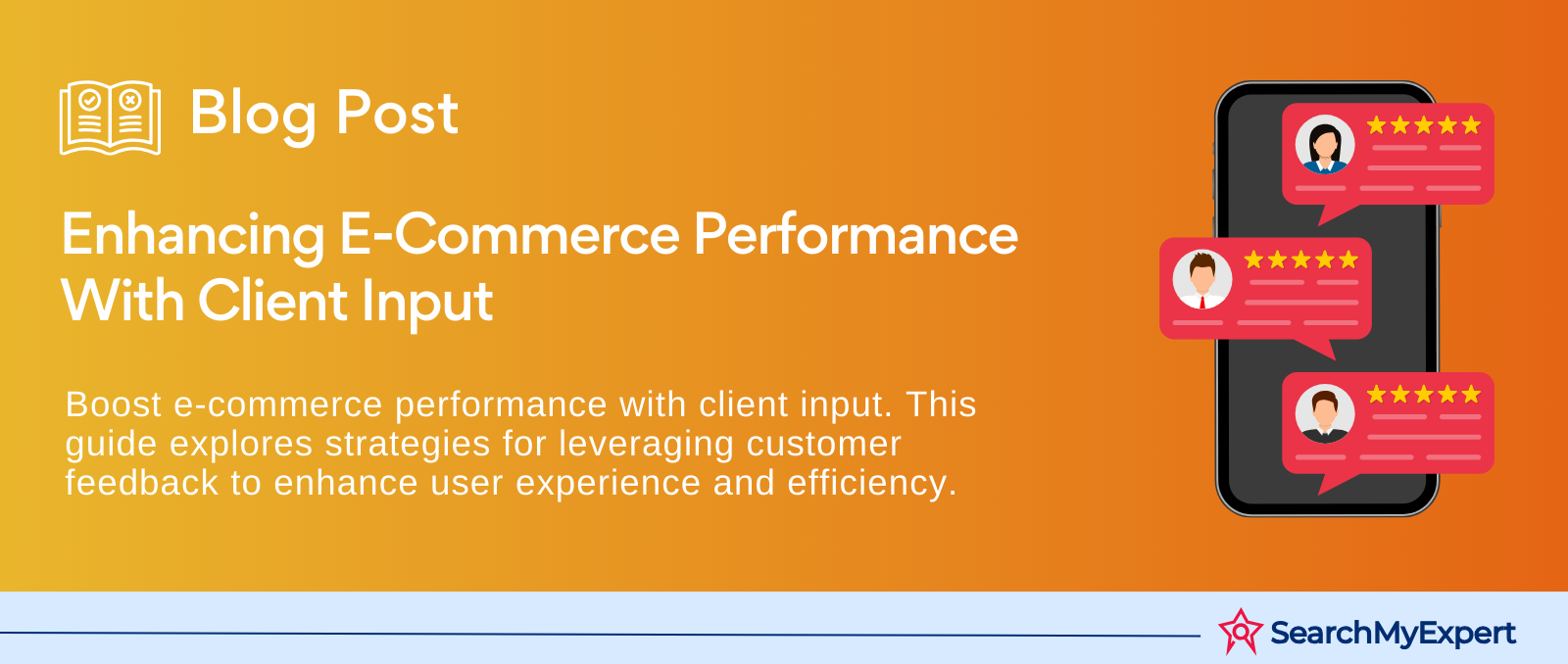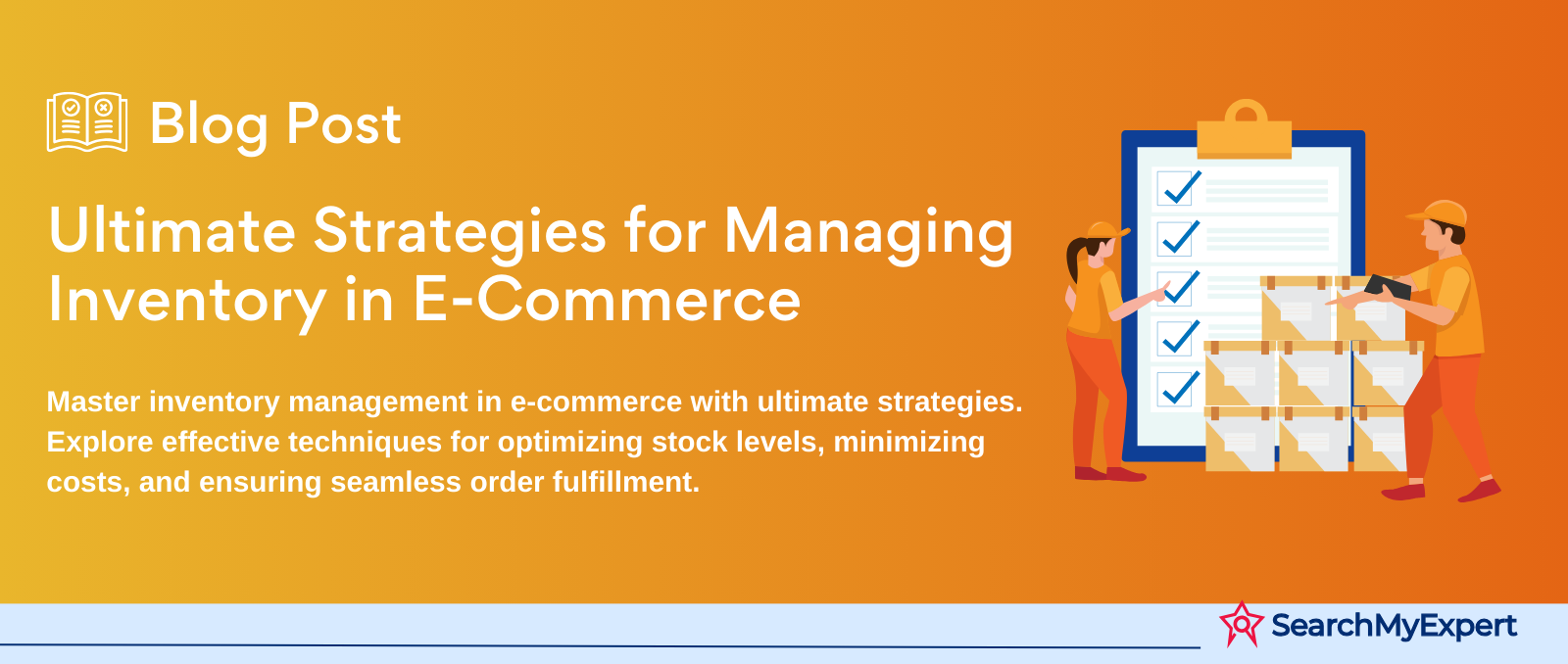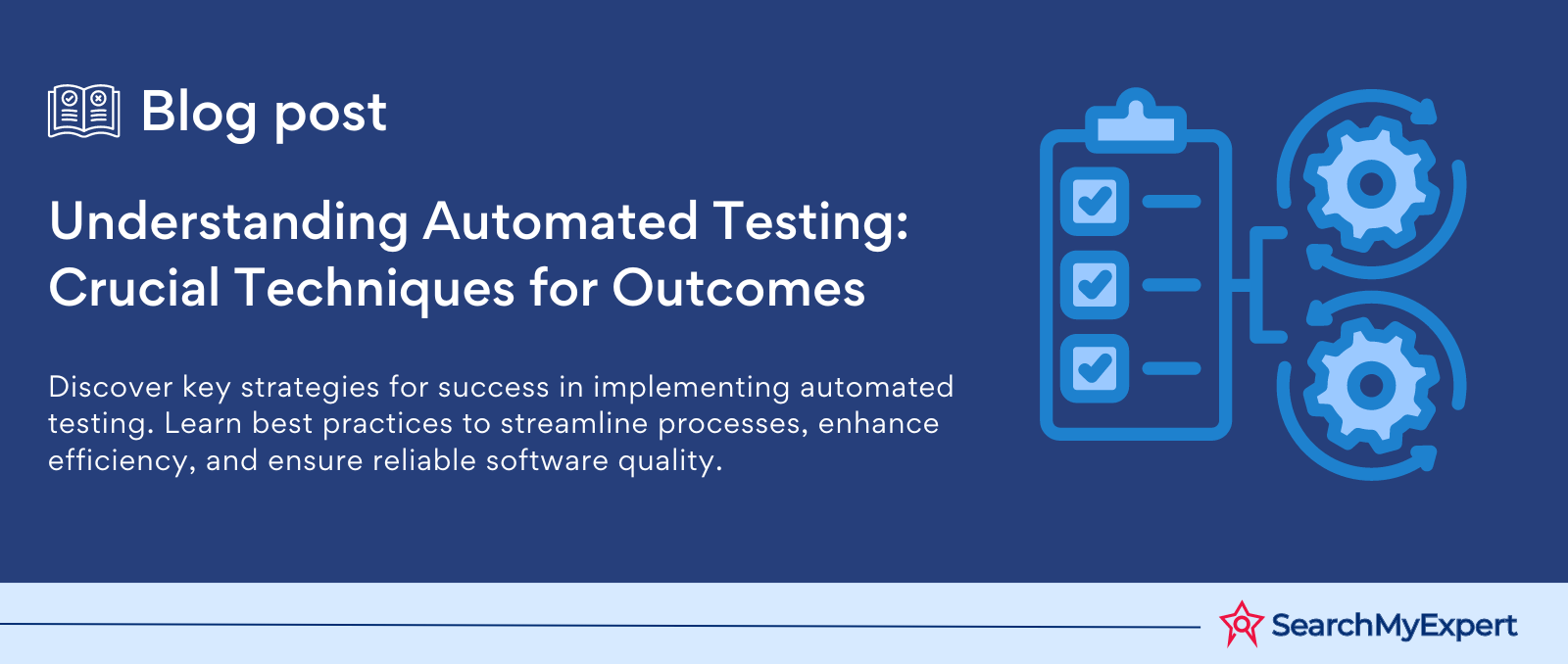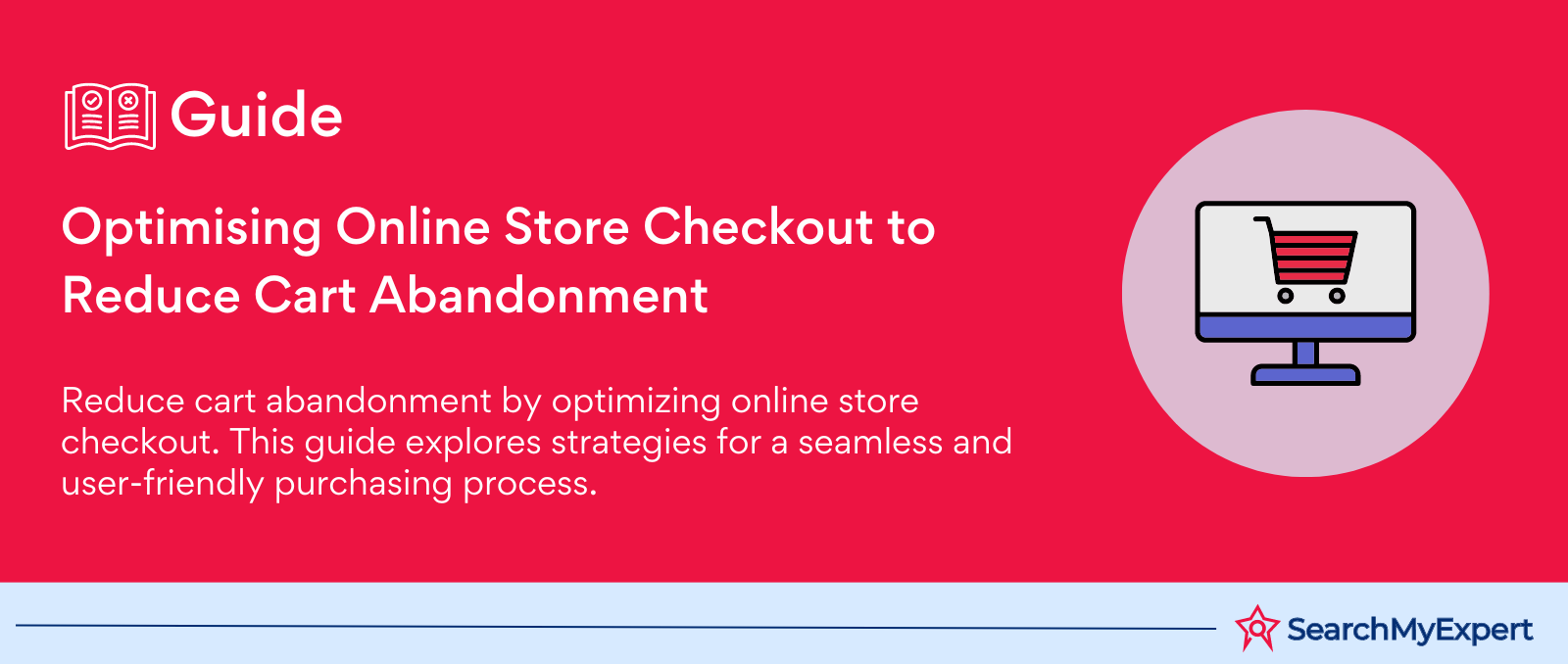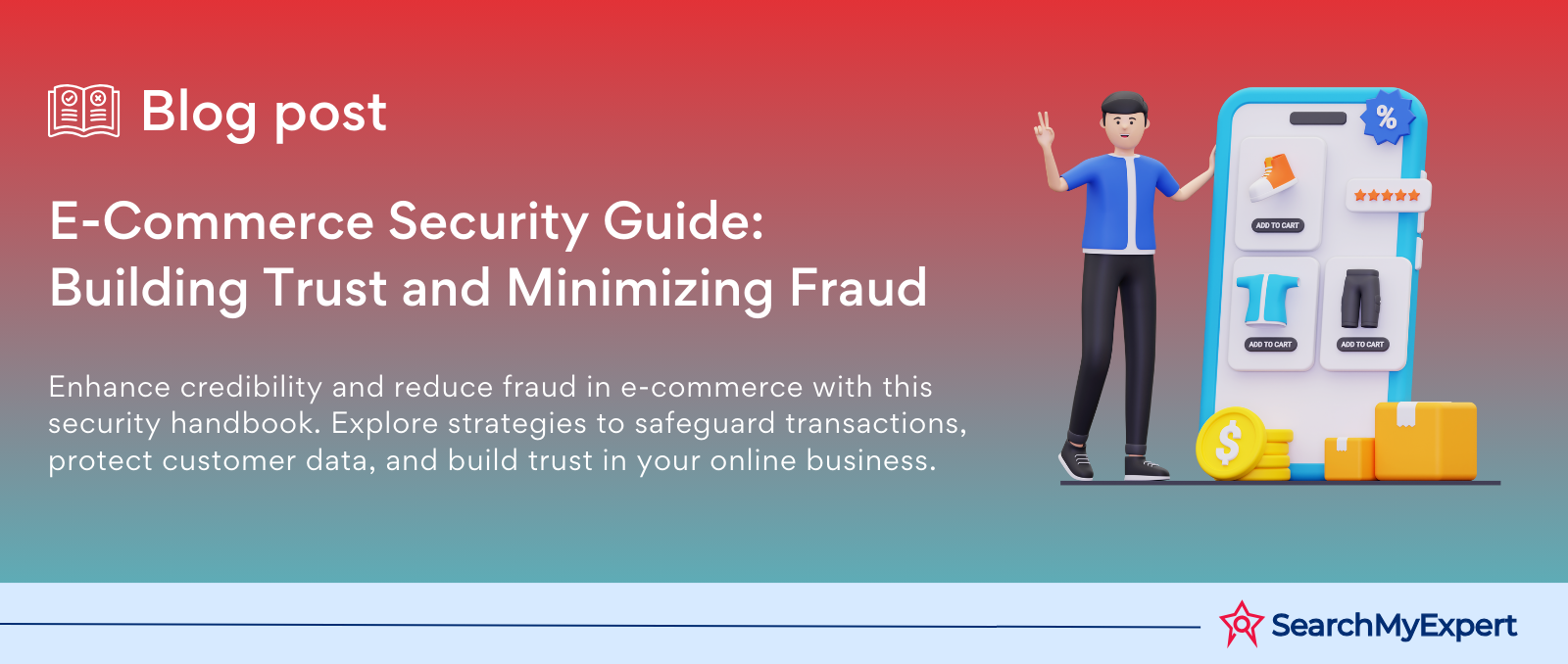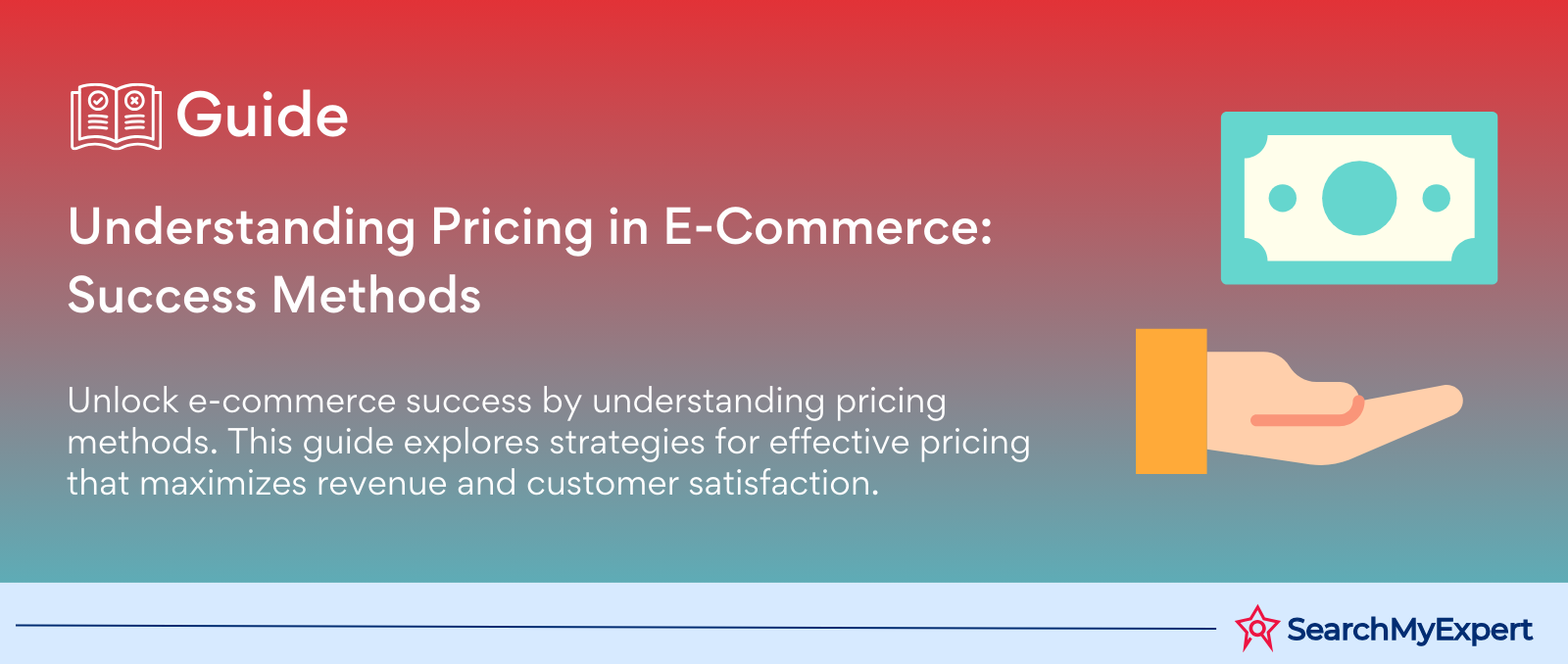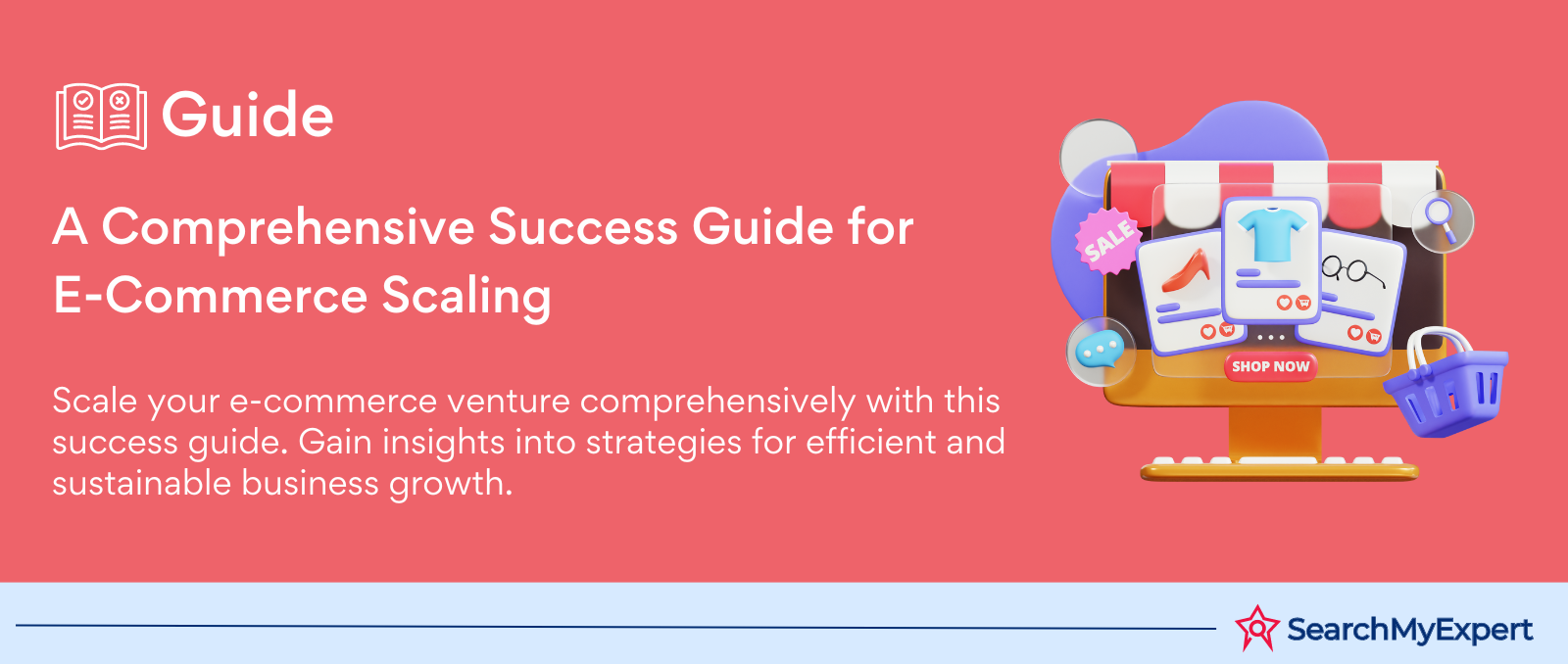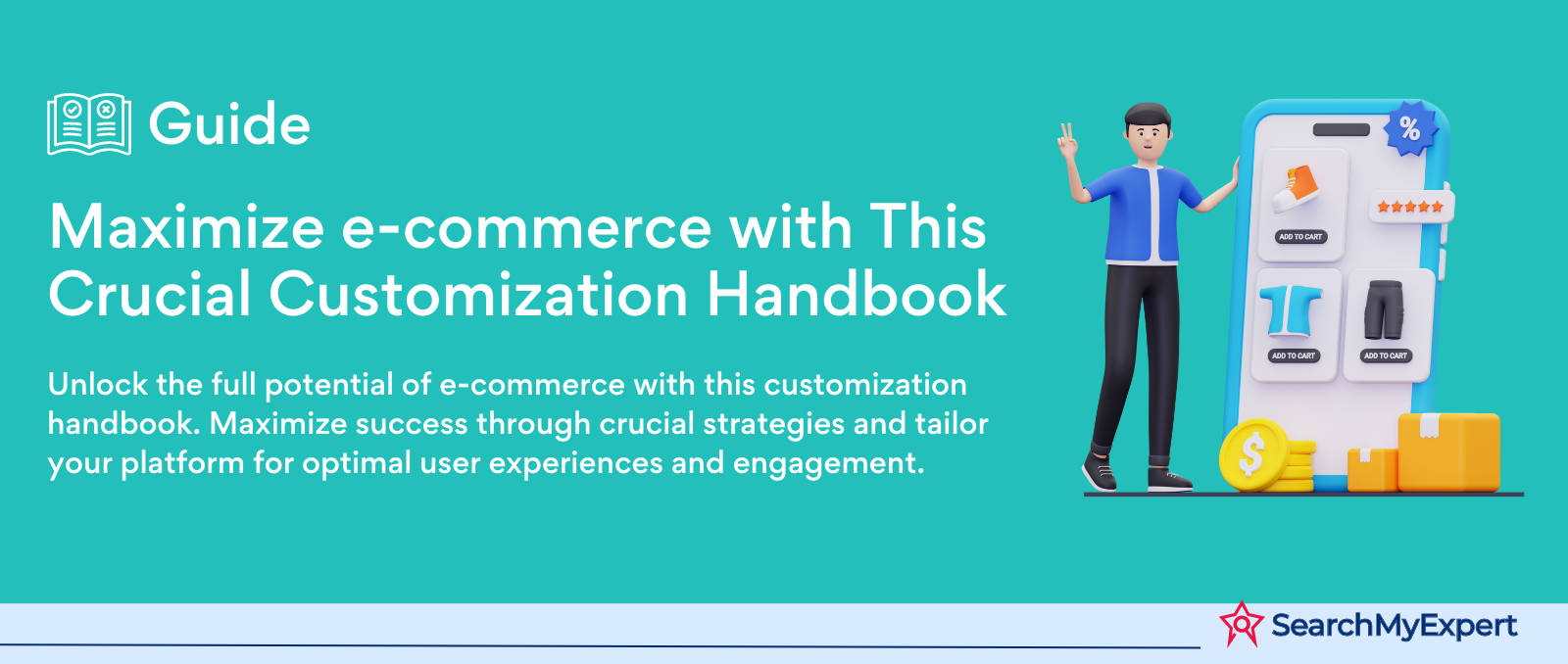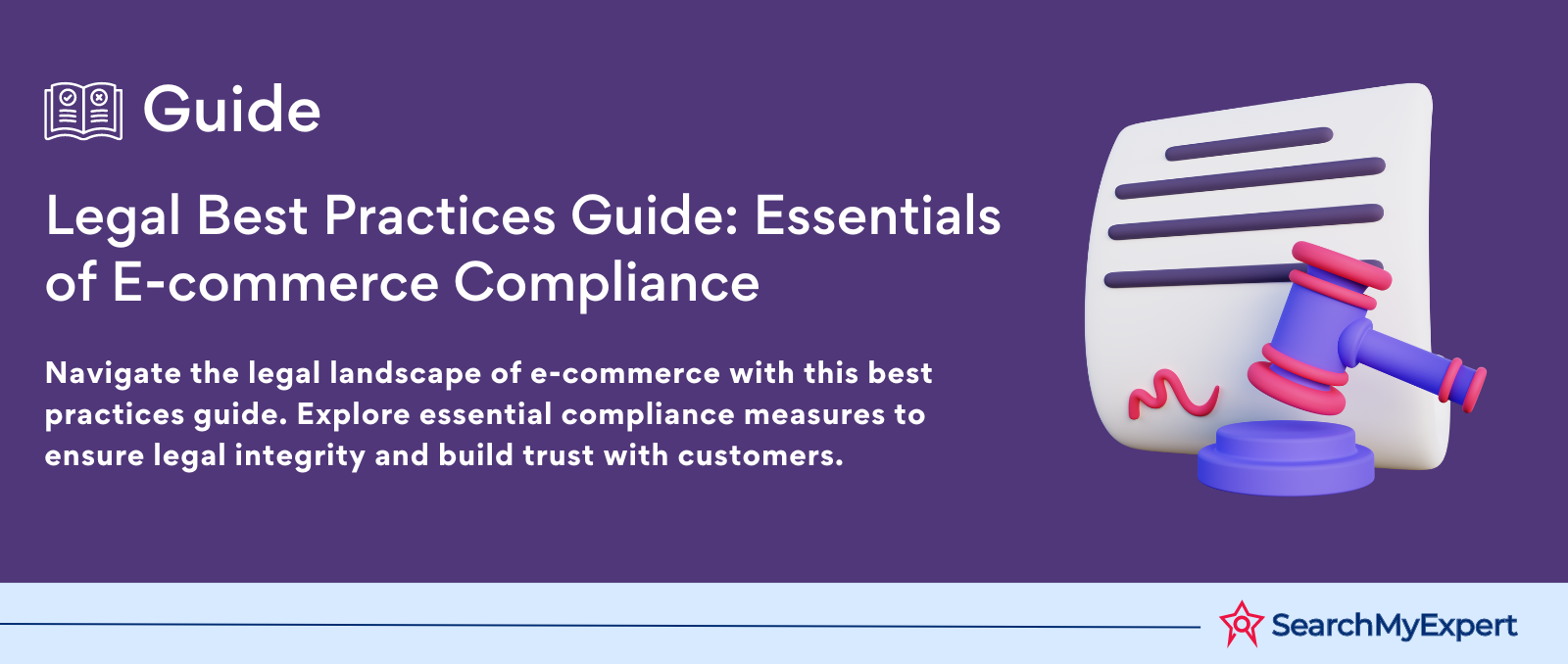Which one is the best for your project?
Takes 30s. 100% Free
Why search my expert?
5,440+
Verified Agencies
100%
Money Protection
1,000+
Satisfied Customers
Looking For UX Design Services in india?
Looking for a top-tier UX design company in india to bring your digital product vision to life? We've compiled a list of the leading user experience design firms that excel at crafting intuitive, delightful experiences. These companies are known for their skilled UX teams, stellar client work and ability to solve complex design challenges. Whether you need assistance conducting user research, developing information architecture, designing interfaces or performing usability testing, these premier agencies have the expertise to deliver. Read on to explore which UX powerhouse is best suited to partner on your next big project.
A UX designer is a user experience designer, a professional who focuses on creating positive experiences for users interacting with a product or service. The role of a UX designer is varied and can encompass several different responsibilities.
At a high level, a UX designer in india researches and evaluates how users interact with a product or service in order to identify opportunities to improve the overall experience. This requires a deep understanding of the end user and empathy for their needs and pain points. UX designers may conduct user research through methods like surveys, interviews, focus groups, and usability testing. They analyze their findings to gain insights into the user's motivations, expectations, and goals.
Based on their research, UX designers conceptualize and design solutions to improve the product or service. This can involve creating user flows, wireframes, prototypes, and high-fidelity mockups to communicate their design vision. UX designers focus on both visual design and interaction design - how the product looks as well as how it functions. The goal is to create intuitive, frictionless experiences that solve users' problems.
UX designers collaborate closely with other roles like product managers, developers, and visual designers throughout the design process. They may also be involved in usability testing to evaluate their designs. Adjustments are made based on feedback to refine the user experience.
There are a few key types of UX design companies that employ UX designers in india:
- Digital consultancies - These firms are hired by clients to provide UX design services for digital products. Consultancies work on a project basis across multiple industries and clients. UX designers get exposure to diverse work.
- In-house design teams - Many tech companies and startups have in-house UX design teams. These teams focus on that company's products exclusively. This provides an opportunity to gain deeper domain knowledge.
- Design agencies - Agencies create branding, marketing campaigns, and other creative services. UX designers at agencies focus on marketing-related UX and may work on websites, mobile apps, and ads.
- Freelance - Freelance UX work allows for flexibility and variety. Freelancers work on projects for multiple clients but must spend time marketing their services.
There are several appealing reasons to work at a UX design company in india versus other options:
- Collaborative environment - UX designers work closely with colleagues like visual designers, researchers, and engineers. This promotes learning from partners.
- Specialized focus - Dedicated UX design companies allow you to focus deeply on user experience without other competing priorities.
- Cutting-edge work - Big tech companies in particular work on innovative products and services using the latest technologies.
- Career growth - There are abundant opportunities to be promoted and take on leadership roles at UX design firms.
- Competitive pay - Salaries at top tech companies for UX designers tend to be generous to attract top talent.
- Prestige - Working for a well-known, industry-leading company can boost your resume and credibility as a UX professional.
- Access to users - In-house teams in particular get access to real users to conduct research and testing regularly.
In summary, UX designer roles focused on end-to-end user experience and collaboration with colleagues can advance skills and careers in impactful and rewarding ways. Large or boutique UX design companies provide excellent work environments.
What to Look for in a UX Design Company in india
When evaluating UX design companies in india to work for, there are several key factors to consider beyond just the brand name:
Company Culture
- What are the company values? Is user experience truly a priority?
- Does the work environment seem collaborative? UX thrives on teamwork.
- What is the work-life balance like? Look for flexible policies.
- Does the culture seem diverse, equitable, and inclusive? This promotes innovation.
- Are employees genuinely passionate about the company and their work?
Portfolio
- Review the products and case studies. Do they demonstrate strong UX practices?
- Is the work varied and complex enough to be challenging?
- Do you see opportunities to make an impact through your contributions?
- Does the work align with your UX interests and the direction you want your career to go?
Team
- What is the size and structure of the UX team? Large can provide stability but small can mean more ownership.
- Look at team member backgrounds. Is there diversity of thought and complementary skills?
- Ask about collaboration between designers, researchers, engineers, and stakeholders.
- Are senior team members actively engaged in hands-on design work rather than just managing?
Benefits
- Understand the compensation structure. Look at base salary, bonus potential, and equity.
- How generous are the health insurance, retirement savings, and PTO policies?
- What perks are offered like education stipends, employee resource groups, mentoring programs, or recreational activities?
- Are there allowances or time allocated for learning, conferences, and skill development?
Opportunities for Growth
- Is there a clear career progression from junior to senior UX roles?
- Does the company regularly promote from within rather than mostly hiring externally?
- Are there opportunities to work across different product teams or try out related roles like research?
- Is talent investment and mentorship a priority for management?
Doing thorough research, asking lots of questions during interviews, and reading between the lines of company messaging can help reveal whether the UX design company is a fit for your values, skills, and professional goals. Weigh factors like work you find inspiring, knowledgeable colleagues, corporate values, work arrangements, and career growth potential. Finding the right blend for you can set you up for long-term impact, learning, and fulfillment in your UX design career.
Interviewing for a UX Design Job in india
Interviewing for a UX design role at a top company requires thoughtful preparation and practice. Here are some tips:
How to Prepare for Your UX Design Interview:
- Research the company’s products, services, users, brand, and competitors. Understand their business strategy and challenges.
- Review the job description. Make sure you understand the role’s responsibilities and required skills. Identify areas to highlight from your background.
- Study the work and biographies of the team members you’ll be meeting. Learn their specialties and projects.
- Refresh your knowledge of UX principles, theories, and best practices. Review your portfolio and past work.
- Practice discussing your UX process from research through testing and iteration. Use real project examples and specifics.
- Prepare questions to ask about the company’s design culture, values, and goals for the role.
- Rehearse responding to common UX interview questions out loud. Focus on conveying your process clearly.
- Plan your interview outfit, schedule, and logistics ahead of time for a smooth experience.
Common UX Design Interview Questions:
- Walk me through a complex UX problem you solved from initial research to final design.
- How do you evaluate the success of a design?
- How do you handle ambiguity in the design process?
- How do you validate design ideas with real users?
- How do you prioritize features based on user value?
- How do you collaborate with visual designers, engineers, and stakeholders on a project?
- What UX trends and emerging best practices inspire you?
- What distinguishes an average UX from an exceptional one?
- Where do you see gaps in your UX skills to continue growing?
What to Ask the Interviewer:
- How are UX designers empowered to influence product decisions here?
- What does a typical product development cycle look like?
- How much direct access will I have to users for research?
- How is work allocated across the UX team?
- What are you hoping your new designer will achieve in this role?
- Is there a budget for learning and conferences?
- What opportunities are there for mentorship and career development?
Being able to discuss your work articulately, ask thoughtful questions, and share your passion will help demonstrate you are the right fit for the team.
Negotiating Your Salary and Benefits
Negotiating your salary and benefits when receiving a UX design job offer is an important step. Do your research and come prepared with a strategy:
How to Research Market Salaries:
- Use sites like Glassdoor, LinkedIn Salary, and Payscale to find average salaries for similar roles at the company and competitors. Consider locations too.
- Check industry survey salary data from organizations like AIGA and NNgroup. See what they report for your experience level.
- Ask peers working at other companies to share their compensation confidentially. This can give you real market data points.
- Search job postings to see salary ranges disclosed. Make note of averages and percentiles.
- Factor in cost of living for the job location using a COL calculator. Adjust expectations accordingly.
How to Negotiate Your Salary:
- Have a specific salary number in mind based on your market research as an anchor. Come prepared to share this.
- Consider proposing a salary range if you’re open to some flexibility in negotiations.
- Focus first on your value-add for the role based on your proven skills and experience.
- Ask about short-term and long-term earning potential beyond just starting base salary.
- Get any offer in writing before formally accepting so you can negotiate further if needed.
- Be prepared to explain your reasoning by referencing competitive salaries for similar roles.
- Maintain a friendly, positive tone. Avoid ultimatums. Approach the discussion as a conversation.
- If the offer is below expectations, suggest incentives like a signing bonus or early salary review.
- Be willing to compromise to gain experience at a brand-name company if needed.
How to Negotiate Benefits:
- Ask about health insurance plans and premiums. Seek coverage that fits your needs.
- Get details on retirement contributions, matches, and investment options.
- Understand paid time off policies around vacations, holidays, sick time, etc.
- Inquire about perks like transit benefits, fitness stipends, childcare assistance, tuition reimbursement, etc.
- Ask if there is flexibility on remote work schedules, hours, and location.
- Research typical employee equity grants. negotiate for more favorable terms if possible.
- Clarify eligibility and process for bonuses and any other incentive-based pay.
Doing your homework on industry standards and articulating your value while maintaining a positive tone can help secure the best possible offer.
Onboarding at a UX Design Company in india
Starting a new UX design job at a high-performing company comes with great excitement as well as challenges during your onboarding process. Here is what to expect and how to ramp up effectively:
What to Expect Your First Few Weeks:
- Lots of paperwork! From tax forms to equipment requests, there will be HR logistics to handle.
- Orientation on company values, culture, tools, and resources. Absorb all you can about how things work.
- Introductions to your manager, teammates, partner groups like engineering. Build connections.
- Receiving your employee credentials, laptop, badges, and any other essential access.
- Learning processes for your team like agile ceremonies, design reviews, documentation etc.
- Potential trainings on proprietary systems and tools you'll be using day to day.
- Meetings to discuss ongoing projects, priorities, and plans for your onboarding.
- Reviewing your role's responsibilities. Outline your goals and ramp-up schedule.
- Shadowing teammates and getting hands-on with simple tasks to learn systems.
- Studying past work and deliverables to discern standards and quality expectations.
How to Get to Know the Team and Culture:
- Take colleagues to coffee or lunch. Make personal connections beyond work.
- Participate enthusiastically in team events and outings. Bond over shared experiences.
- Take note of work styles on your team. Adapt your own to mesh effectively.
- Observe norms for communication, collaboration, and decision making. Reflect company values.
- Read through docs like wikis, handbooks, and slides to absorb institutional knowledge.
- Learn your manager's work style and expectations for feedback, 1:1s, and success in your role.
- Figure out who the influencers and experts are. Learn from their knowledge and example.
- Ask lots of questions! Curiosity and learningmindset will be valued and build relationships.
How to Start Making an Impact:
- Find small quick wins like improving a design spec or research plan to build credibility.
- Volunteer for assignments that mesh with your skills even if less glamorous. Momentum matters.
- Over-communicate with teammates. Don't let ambiguity slow you down.
- Offer unique perspectives drawn from your background during brainstorms.
- Suggest process improvements if you identify inefficiencies but do tactfully.
- Take initiative to get up to speed on relevant user data and past projects.
- Prioritize listening and learning before pushing new ideas. Earn trust first.
- Be patient with yourself! Complex roles at leading companies have learning curves.
The onboarding stage is critical for laying the foundations of success through building expertise, relationships, and credibility. Invest time upfront and the rewards will follow.
Career Advancement as a UX Designer
As a UX designer at a top technology company, significant opportunities exist to advance your skills, exposure, and career over time:
How to Develop Your Skills:
- Take on new types of projects to build experience in different areas like mobile, voice UX, or AR/VR.
- Seek skills-based training and certifications offered internally or paid for by the company.
- Attend conferences and industry events to stay on top of UX trends and emerging best practices.
- Join professional organizations like UXPA or IXDA for networking and learning opportunities.
- Consider enrolling part-time in a related master's program in human-computer interaction, design, etc.
- Develop mastery in UX software tools like Figma, Adobe XD, or Framer through tutorials and practice.
- Brush up on complementary skills like presentation delivery, data analysis, or agile project management.
- Build leadership abilities through books, courses, mentoring. Even individual contributors lead projects.
How to Network with Other UX Designers:
- Connect for mentorship with more senior designers in your company who can advise you.
- Attend UX events in your area to meet designers from other companies and expand your connections.
- Get involved with internal employee resource groups for women, early careerists, etc.
- Follow prominent industry figures on social media and engage with their content and discussions.
- Look for opportunities to present work internally or even externally at conferences to gain visibility.
- Collaborate with UX designers at partner companies for a cross-pollination of ideas.
- Develop supportive peer relationships with fellow designers to learn from each other.
- Volunteer for corporate alumni initiatives to stay connected even after employees leave.
How to Find New Opportunities:
- Have regular career conversations with your manager about your goals and next steps.
- Take on incremental leadership duties like overseeing interns or leading presentations to get exposure.
- Identify and address any skill or experience gaps that may be preventing promotion.
- Express interest internally when initiatives arise that you want to work on.
- Consider lateral moves between teams to diversify your experience.
- Take notice when senior roles open up and discuss desire to be developed for them.
- If growth stalls, be proactive in applying for UX jobs internally. Leverage your insider status.
- Expand your internal network beyond just your immediate team to access more opportunities.
With constant learning, relationship building, and advocacy for yourself, a stellar UX design career trajectory is achievable within leading tech companies. Set big goals and execute practical steps to achieve them.
FAQ
UX Designers Companies - FAQ
Blog posts
Trends Related To UX Design
